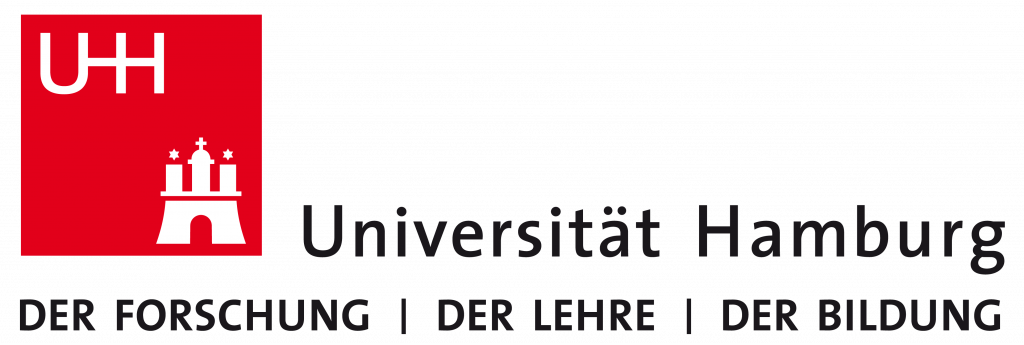Country
GermanyHost institution

As a University of Excellence, Universität Hamburg is one of the strongest research universities in Germany. The Department of Physics has been awarded two clusters of excellence as part of the Excellence Strategy and it is involved in three core research areas of the University, including nanostructure and solid state physics.
The Nanoscience group is headed by Prof. Roland Wiesendanger, and Dr. Kirsten von Bergmann is one of the Senior Scientists. The research group typically has about 30 members on the PostDoc or PhD student level. The core expertise is low temperature scanning probe microscopies in magnetic fields. In particular, spin-polarized scanning tunnelling microscopy is routinely done down to the atomic scale and standard surface science ultra-high vacuum equipment complements the laboratories for sample preparations.
Supervisor
Dr. Kirsten von Bergmann
Description
Antiferromagnetic skyrmions are knots in the spin texture of an antiferromagnetic material. They are promising candidates for future spintronic applications because they combine advantages of antiferromagnets with the unique properties of particle-like skyrmions. In contrast to ferromagnetic skyrmions their antiferromagnetic counterparts cannot be induced by external magnetic fields, therefore the material design is particularly important for an experimental realization.
Ultrathin films on single crystal surfaces are ideal model systems to realize antiferromagnetic skyrmions. Based on layers of antiferromagnetic elements the magnetic interactions can be fine-tuned by the addition of different metallic layers. This strategy is inspired by our previous results on ferromagnetic skyrmions, in which different layer compositions resulted in unique magnetic properties [1-5].
The tasks include the ultra-high vacuum growth and optimization of the samples. For the characterization of the magnetic states spin-polarized scanning tunneling microscopy will be used, which combines spin sensitivity with atomic resolution and is thus capable of detecting antiferromagnetic skyrmions. Moreover, the probe tip will also be used to locally write antiferromagnetic skyrmions into magnetic films using vertical currents or electric fields [2,4].
[1] S. Heinze et al., Nature Phys. 7, 713 (2011).
[2] N. Romming et al., Science 341, 636 (2013).
[3] C. Hanneken et al., Nature Nanotechnol. 10, 1039 (2015).
[4] P.-J Hsu et al., Nature Nanotechnol. 12, 123 (2017).
[5] S. Meyer et al., Nature Commun. 10, 3823 (2019).
Requirements
- Master’s degree in Physicsor a similar field
- Good verbal and written communication skills in English.
Although not compulsory, the following points will be considered:
- Previous knowledge of spintronics and skyrmions.
- Experience in the following techniques: scanning tunneling microscopy, thin film growth, ultra-high vacuum, cryo-techniques.
- Self-motivation and willingness to perform independent research.
Planned Secondments
MLU (Halle, Germany), under the supervision of Ingrid Mertig.
Scienta Omicron (Taunusstein, Germany), under the supervision of Jürgen Köble.
Registering University
UHAM (Hamburg, Germany).




